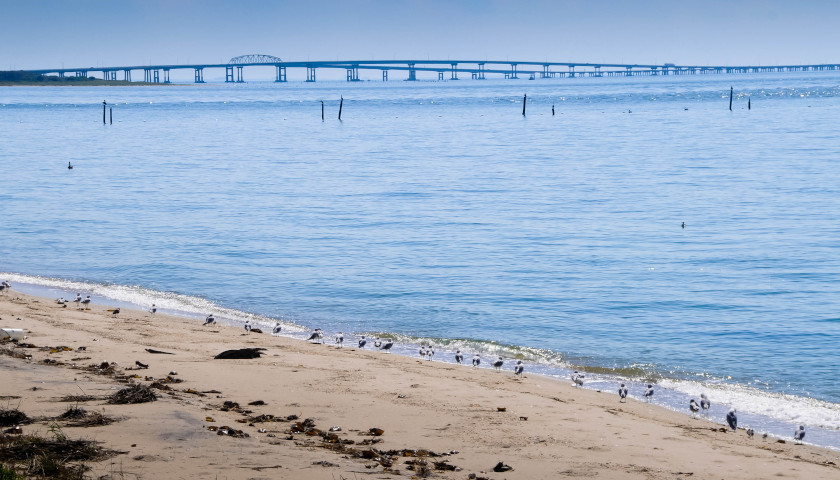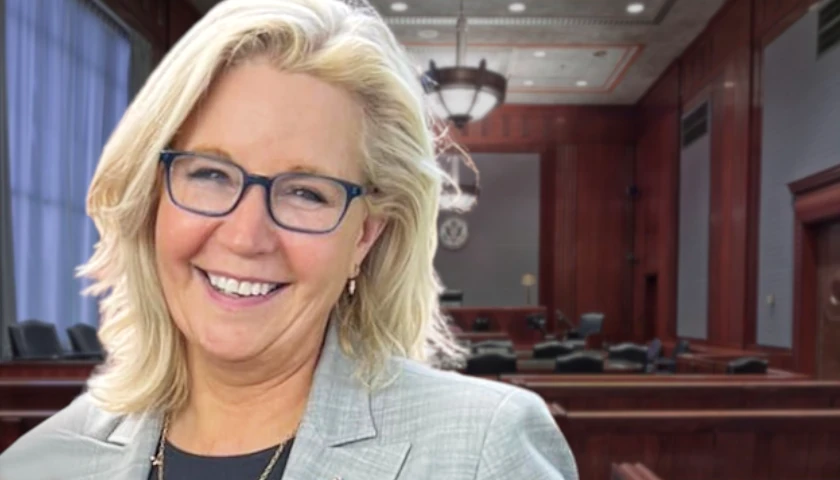Nitrogen, phosphorus, and sediment pollutants entering the Chesapeake Bay decreased from previous years in 2021, according to a new press release from the Chesapeake Bay Program. However, most of the program’s partnering states didn’t meet all their 2021 targets, ahead of a 2025 goal.
“Virginia, reported pollution controls achieved 75 percent of the 2025 reduction goal for nitrogen, 68 percent of the reduction goal for phosphorus and 100 percent of the reduction goal for sediment. The Commonwealth did not meet its 2021 pollution reducing targets for nitrogen and phosphorus but met its target for sediment,” the release states.
Delaware, Maryland, New York, and Pennsylvania also fell short on 2021 targets, while West Virginia met its 2021 target and Washington, D.C. met the 2025 goal.
“Water quality in the Chesapeake Bay and its tidal tributaries is heavily influenced by nitrogen, phosphorus and sediment pollution delivered from the watershed and can vary year-to-year due to numerous factors including best management practices, land use, fertilizer and manure use, wastewater and septic discharges, and river flow,” the release explains.
Although there was a reduction in 2021 in most areas, there was an increase in nitrogen and phosphorus from the wastewater sector, due to violations at Maryland wastewater plants.
The bay water quality has far-reaching political consequences – it affects policy decisions ranging from state-funding for municipal wastewater infrastructure to agricultural policy.
“Over the past year, it was determined that 77 percent of nitrogen reductions came from the agricultural sector. Declines in phosphorus and sediment pollution came primarily from the natural (forests, scrub and brush, stream beds and banks, wetlands and shorelines) and agricultural sectors,” the release states.
CBP officials sounded optimistic in the press release.
“The takeaway from this data shows that overall, the Bay states are stepping up and making an impact, especially in the agriculture sector. This momentum will help us take on the emerging challenges of climate change and the need to do more to engage disadvantaged communities,” U.S. Environmental Protection Agency Mid-Atlantic Region Regional Administrator Adam Ortiz said.
– – –
Eric Burk is a reporter at The Virginia Star and The Star News Network. Email tips to [email protected].
Photo “Chesapeake Bay” by Ole Bendik Kvisberg. CC BY 2.0.




